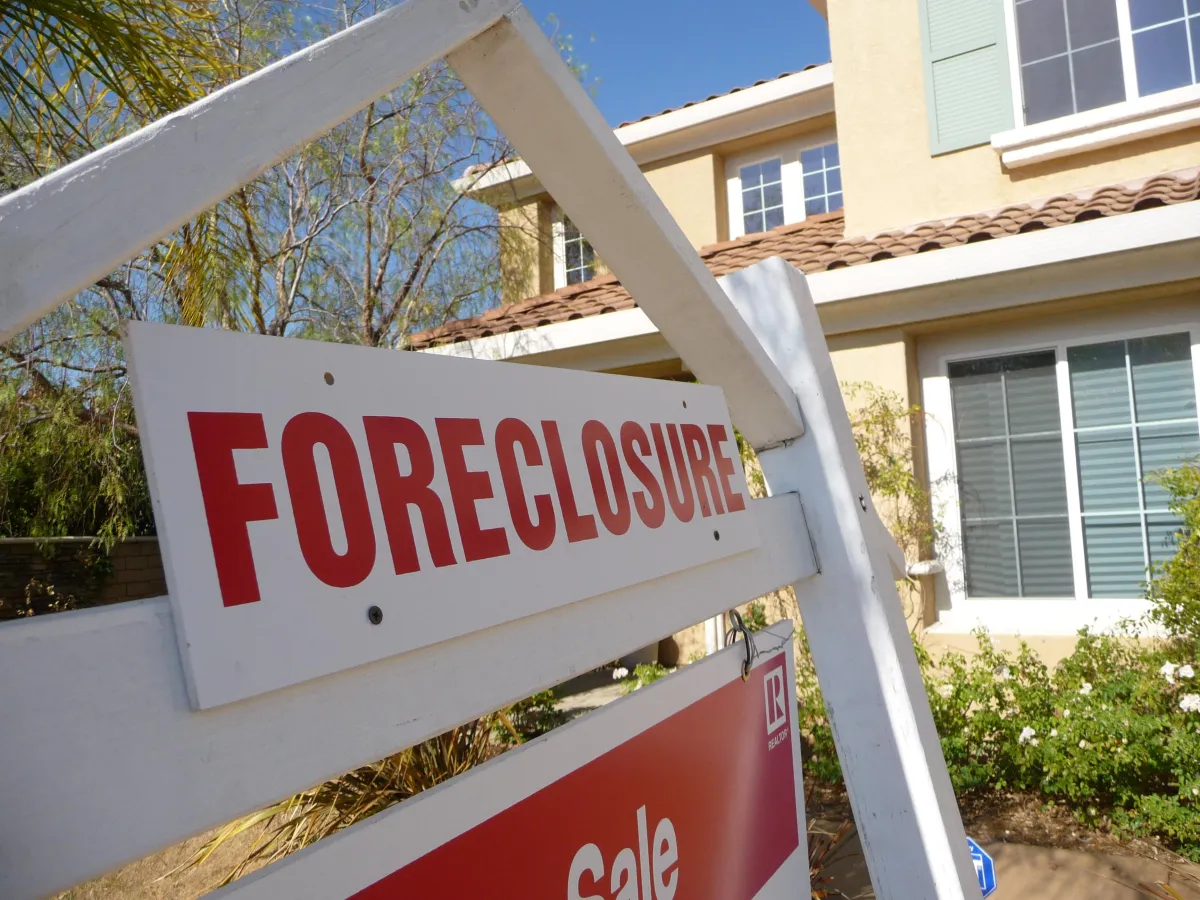Blog

Understanding the Difference Between Foreclosure and Preforeclosure: Tips to Navigate Financial Challenges
When faced with financial hardships that make it difficult to keep up with mortgage payments, homeowners often encounter terms like foreclosure and preforeclosure. Understanding these terms and the implications they carry is crucial in making informed decisions to protect your home and financial well-being. In this blog post, we will explore the difference between foreclosure and preforeclosure, and provide some helpful tips to navigate these challenging circumstances.
Foreclosure:
Foreclosure is a legal process initiated by the lender when a homeowner defaults on their mortgage payments. It is the final stage of a mortgage delinquency, resulting in the loss of the property. Here are key points to know about foreclosure:
1. Legal Process: Foreclosure is a legal proceeding that involves the lender taking possession of the property due to non-payment.
2. Ownership Transfer: Once the foreclosure process is complete, the lender becomes the legal owner of the property and can sell it to recover the outstanding mortgage debt.
3. Credit Impact: Foreclosure has severe consequences for the homeowner's credit score and financial future, making it challenging to obtain future loans or mortgages.
Preforeclosure:
Preforeclosure is the initial stage in the foreclosure process and represents an opportunity for homeowners to prevent the loss of their property. Here's what you should know about preforeclosure:
1. Mortgage Delinquency: Preforeclosure occurs when a homeowner falls behind on their mortgage payments, but the property has not yet been seized by the lender.
2. Notification: During preforeclosure, homeowners receive notices of default or intent to foreclose from their lender, providing an opportunity to address the issue.
3. Timeframe for Resolution: Preforeclosure provides homeowners with a limited period to resolve the delinquency by catching up on missed payments, negotiating a loan modification, or considering alternatives such as a short sale.
Tips for Navigating Foreclosure and Preforeclosure:
1. Act Promptly: If you find yourself facing financial difficulties, act promptly by reaching out to your lender to discuss your situation. Open communication is vital in exploring potential solutions.
2. Seek Professional Guidance: Consult a real estate professional or foreclosure attorney experienced in dealing with foreclosure and preforeclosure. They can guide you through the process, offer legal advice, and help explore available options.
3. Understand Alternatives: Educate yourself on alternatives to foreclosure, such as loan modifications, repayment plans, or short sales. These options may provide alternatives to protect your credit and avoid the consequences of foreclosure.
4. Explore Government Programs: Research government programs designed to assist homeowners facing foreclosure or preforeclosure, such as the Home Affordable Modification Program (HAMP) or Home Affordable Foreclosure Alternatives (HAFA).
5. Budget and Financial Planning: Evaluate your budget and explore ways to increase your income or reduce expenses. This can help you manage your finances better and potentially catch up on missed mortgage payments.
Foreclosure and preforeclosure represent different stages in the process of addressing mortgage delinquency. While foreclosure signifies the loss of the property, preforeclosure presents an opportunity to resolve the delinquency and explore alternatives. By acting promptly, seeking professional guidance, understanding alternatives, and engaging in effective financial planning, homeowners can navigate these challenging circumstances and potentially protect their homes and creditworthiness. Remember, reaching out for assistance is a proactive step towards finding solutions and regaining financial stability.
Copyright © PS Legacy Group WA LLC All Rights Reserved







